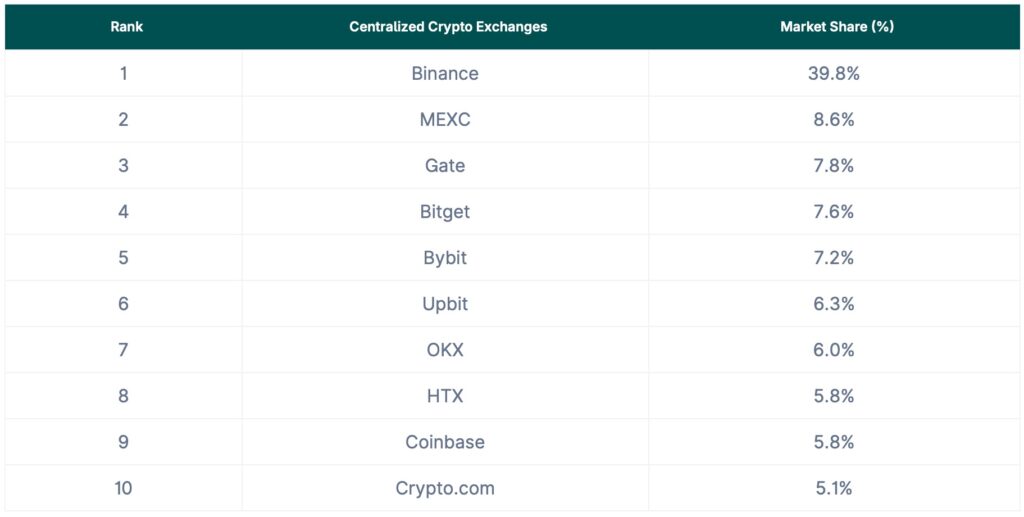Crypto: 80% of Bitget's Volume Now Comes from Institutions
Institutional traders have just crossed a historic milestone on Bitget, one of the largest crypto exchanges in the world. With 80% of the total volume now in their hands, this trend raises questions: a sign of maturity or a risk of centralization? Analysis of the figures and the stakes for the market.

In Brief
- Institutional traders now represent 80% of Bitget’s volume, marking a historic shift in the crypto market.
- This development raises questions: a positive for stability and liquidity, or a risk of centralization?
- Bitcoin remains the key asset in this trend, with projections at $120,000 by the end of 2025, driven by ETFs.
Bitget: 80% of volume now comes from institutional funds
In September 2025, institutional traders accounted for 80% of the total volume of Bitget , compared to only 39.4% in January. A meteoric rise, especially in spot markets (72.6%) and futures (56.6%). The exchange’s average monthly volume reached $750 billion, with 90% of this volume concentrated in derivatives products.
This growth is explained by the quality of Bitget’s liquidity, now comparable to Binance or OKX. Professional tools, optimized execution, and order book depth attract institutional funds. According to the Nansen report , liquidity has become the heartbeat of the crypto market, a decisive criterion for professional traders.
 The market share held by crypto exchanges
The market share held by crypto exchanges Bitget is not alone in this race. Binance, OKX, and Crypto.com compete to attract these players, transforming the exchange landscape into an institutional playground.
Institutions invade crypto… Good or bad news?
The arrival of institutional players marks a turning point for the crypto ecosystem. As Ryan Lee, Chief Analyst at Bitget, explains:
Recent flows show a collapse in contributions from small wallets (less than 0.1 BTC), while spot ETFs and self-custody models capture attention. This structural transition, where retail participation fades in favor of off-exchange and long-term accumulation, directly benefits Bitget. As an Universal Exchange (UEX), we integrate on-chain meme assets, blue chips, and equity-crypto contracts to cater to both native innovation and institutional strategies.
This mutation brings major advantages:
- Increased stability;
- Enhanced liquidity;
- Legitimacy for a market once seen as speculative.
Moreover, funds like Laser Digital or Fenbushi Capital see this as an opportunity to diversify their portfolios, combining the safety of large caps (BTC, ETH) and growth potential of emerging assets. Yet, risks remain. The concentration of power in a few hands could increase volatility in the event of massive withdrawals, as shown by Terra’s collapse in 2022.
What is the favorite crypto of institutional investors?
Bitcoin clearly establishes itself as the preferred crypto of institutions, and the numbers speak for themselves. Indeed, Bitcoin ETFs have recorded net inflows of $21.5 billion since the beginning of 2025, with daily peaks exceeding $1.2 billion in October. The iShares Bitcoin Trust (IBIT) fund from BlackRock, for example, now manages over $86 billion in assets, confirming the enthusiasm of major investors.
With $103,840 on the clock today, if the current trend continues, Bitcoin could test $120,000 by the end of 2025, driven by ETF expansion, clearer regulation, and sustained institutional demand. However, a bearish scenario is not excluded, with a potential drop to $90,000 in case of macroeconomic crisis or sudden fund withdrawals.
Institutions have taken control of Bitget, thus transforming the crypto market. While this trend brings stability and liquidity, it also raises questions about decentralization . And you, do you think this institutional dominance is a good thing for the future of crypto?